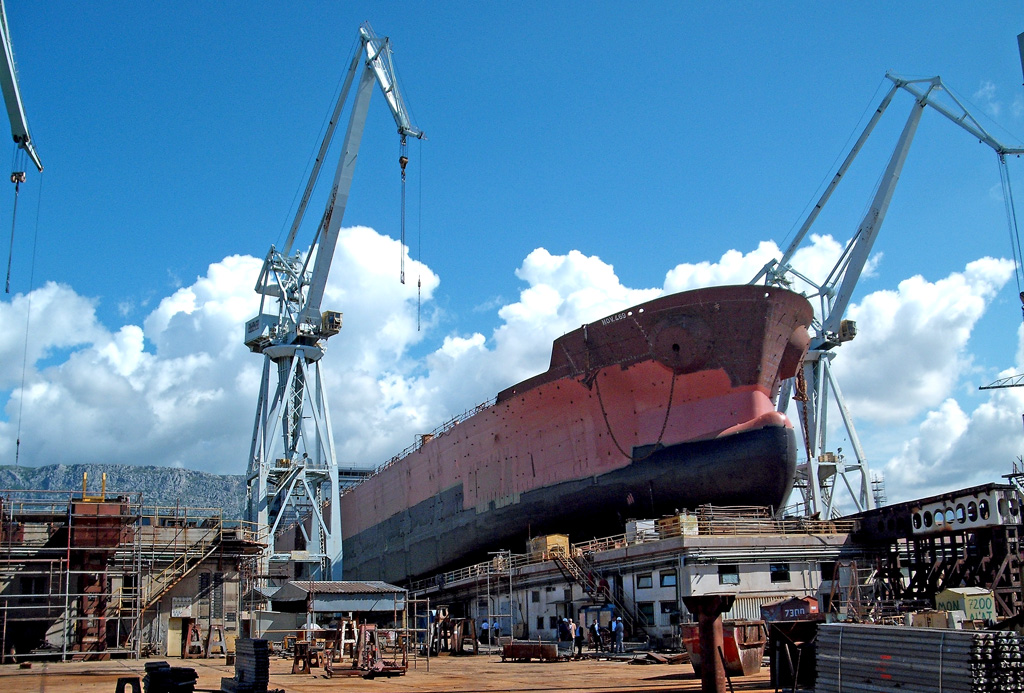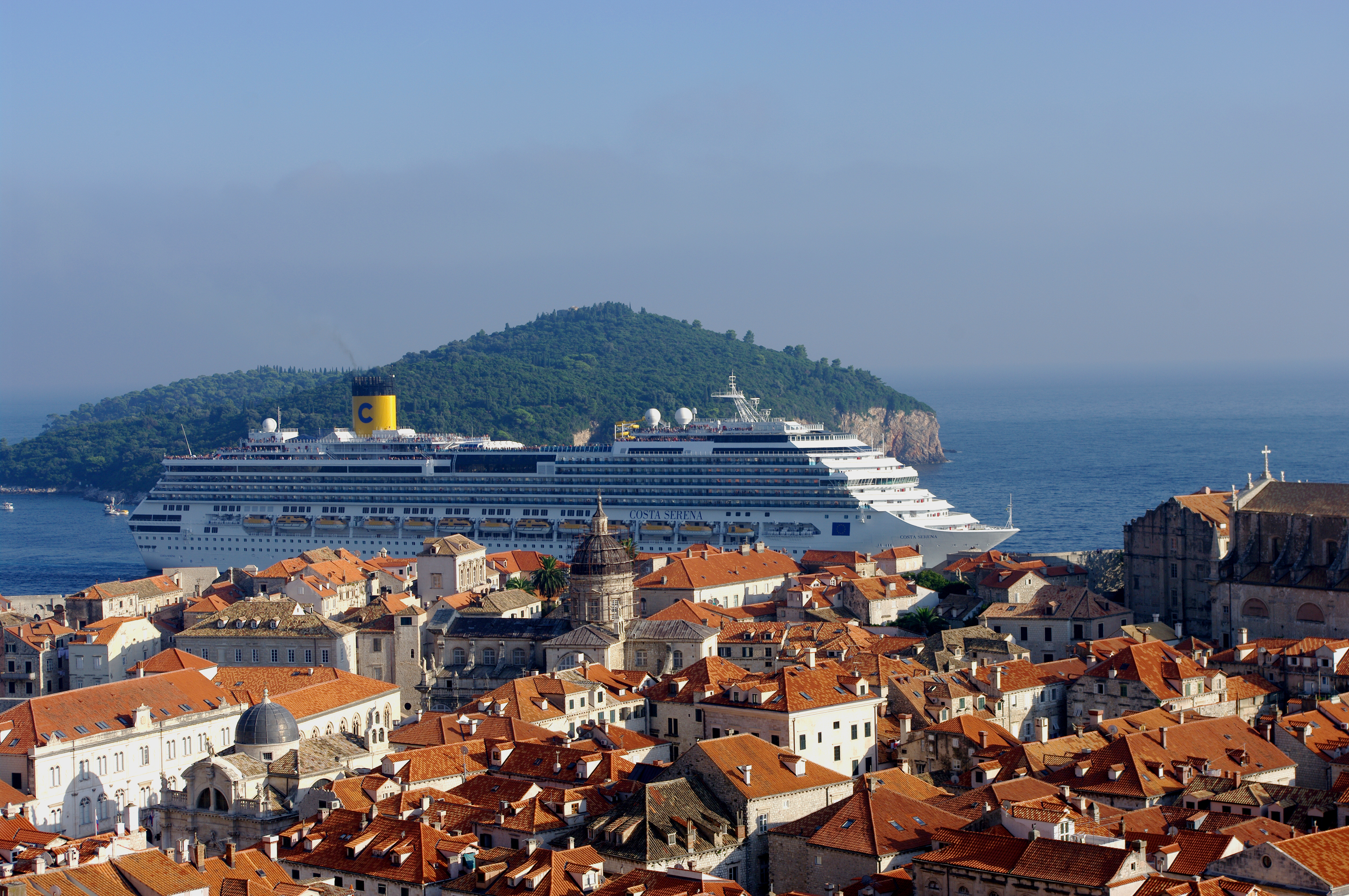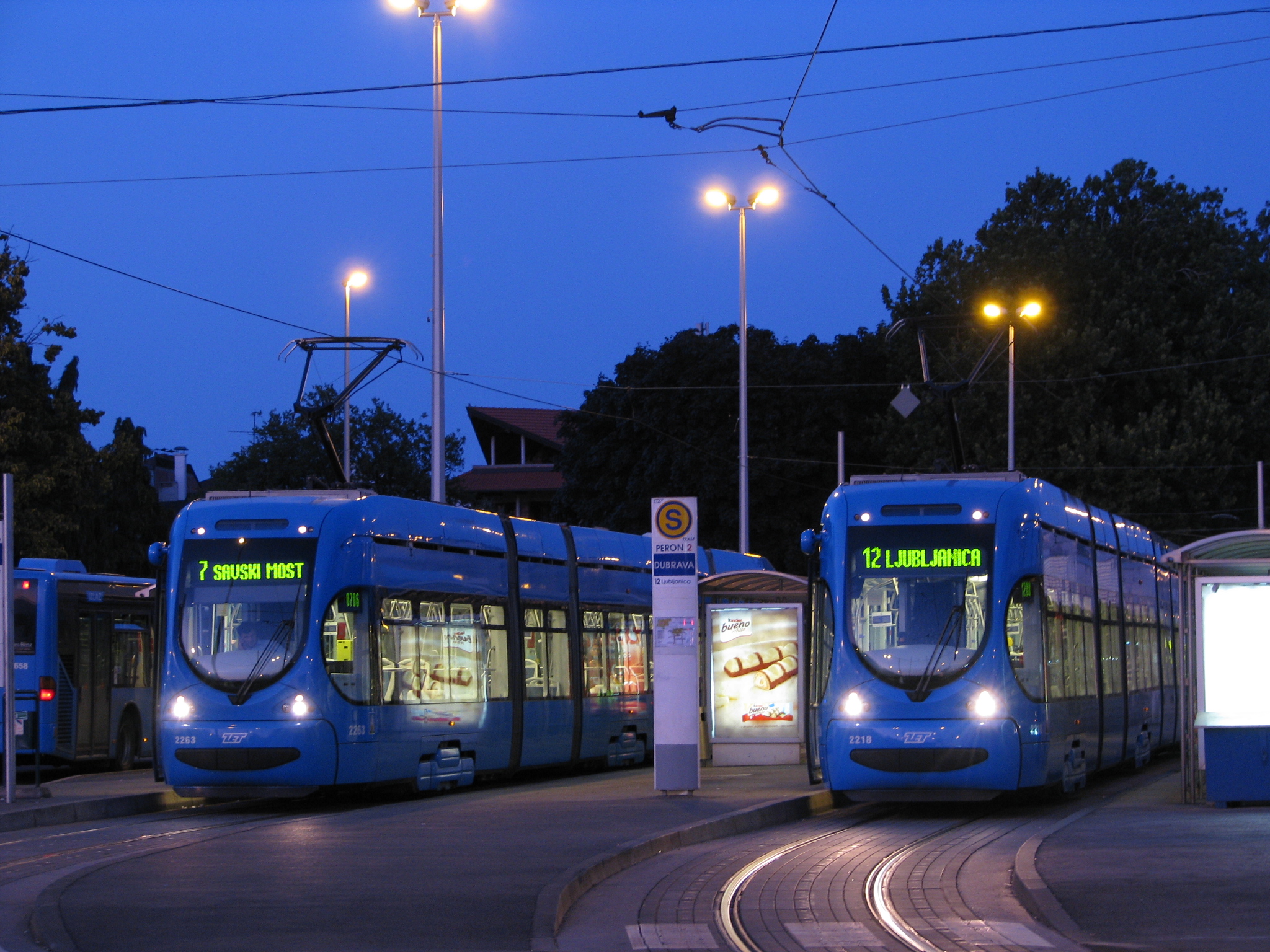Croatia, the youngest member of the European Union, and probably the last before any considerable enlargement of the Club, has one of the most interesting geographical positions in the world and hence, equally diverse and interesting economy

There was a joke that Croatia has a shape of a “croissant”, and some misinformed people in the West even tried to convince me that the two words were connected. Alas, no. Croissant is simply “crescent” in French, and “Croata” gave us “Cravata” instead. A fashion accesoire. But the uniquely croissant-shaped country has its own economy which is, in fact, typical for any maritime superpower with the huge outback regions.

One of the peculiarity of Croatia is, just like in the case of Slovakia and Bulgaria, totally off-centred capital. Zagreb lies very close to the Western border with Slovenia, and it is one of the most Western-influenced cities in the region, and of course, the most industrialised and Mitteleuropean of them all. It reflects every aspect of Croatian economic traditions, and now it is one of the leaders of the tertiary sector in the country. The old factory workers, like in Vienna and elsewhere, somehow faded away and flashy Zagreb is a showcase of the Croatian new economy, which is, you can clearly guess, service-based. It went so far that the tertiary sector is currently accounting for 70% of total gross domestic product (GDP).



It is interesting that the country is sharply divided into several regions, and the coastal region is basically tourism-orientated, with such pearls as Dubrovnik attracting thousands of visitors hungry for an air of Renaissance and a bit of The Game of Thrones. After the War of Independence, which lasted from 1991 to 1995, when the economy was badly hit, everything else was pretty swell, having in mind that, apart from the partially depopulated or war-torn areas, the rest of the country flourished with an annual growth of 4-5%. Unfortunately, as in the case of all non-robust and service-based economies in the world, the crisis times from 2008 on were devastating. We know the fact that only Azerbaijan, producing oil and gas, and Poland and Germany, with huge industrial capacities, made it through this period without much damage. All the rest we smacked in the core of the economy, and Croatian economy was badly affected by the financial crisis which, together with slow progress of economic reforms, resulted in six years of recession and a cumulative decline in GDP of 12,5%. Croatia formally emerged from the recession with 3 continuous quarters of GDP growth in Q4 2014 (0,3%), Q1 2015 (0,5%) and Q2 2015 (1,2%).
It is due to the amazing capacities in the tourist sector, and the instability on other markets that were badly hit by Islamic terrorism and the sobering fact that in the late 90s and the early 00s countries like Turkey, Egypt, Emirates or Portugal stole many millions of tourists from Croatia and other more traditional destinations for the seagoers. Croatia improved its offer, and with amazing 1244 islands (if we forget the island nations like Indonesia or Philipines, it is the nation with most islands anywhere near!), and the money and the visitors poured in once again.
The industrial sector with exports of over €1 billion annually is dominated, not surprisingly by shipbuilding. The long coast gave us many shipyards and shipbuilding accounts for over 10% of exported goods. In many aspects the economy of Croatia resembles the ones of Greece and Spain. In some good aspects, like wonderful nature and million of tourists, but also in a notorious Southern disease – uneployment. Annual average unemployment rate in 2014 was 17.3% and Croatia has the third highest unemployment rate in the European Union, after Greece (26.5%), and Spain (24.%). If you ask yourselves, where are Bulgaria and Romania in this picture, it is clear that Romanian and Bulgarians, like lots of Poles, for instance, left the country thus diminishing the number of the unemployed. The Croats somehow tend to stay. The human potential of Croatia is enormous, with educated work force and represents the capital for recovery.
Food processing and chemical industry also account for significant portions of industrial output and exports. Industrial sector represents 27% of Croatia’s total economic output while agriculture represents 6%. Industrial sector is responsible for 25% of Croatia’s GDP, with agriculture, forestry and fishing accounting for the remaining 5% of Croatian GDP.
Tourism is traditionally a notable source of income, particularly during the summer months, but also more recently during the winter months as well, due to an increase in popularity of snow sports such as skiing. With over 14 million tourists annually, tourism generates revenue in excess of €8 billion. Croatia is ranked among the top 20 most popular tourist destinations in the world, and was voted world’s top tourism destination in 2005 by Lonely Planet. But you don’t need Lonely Planet to tell you so. You can clearly see it with your own eyes. From the castles of the Northwest and Inmusic festival, to seaside resorts and the array of historic towns dotted along the coast, Croatia will have no worries in the world where coastal summertime tourism and even short-stay city breaks get increasingly popular thus forming a part of the new culture of the 21st century.
Unfortunately, like in all tourist superpowers, the people tend to over-reliance on tourism, and some other aspects of economy are left underdeveloped. The weak spot is the same as in Serbia – small towns, former industrial places, are slowly fading away, with the ex-agricultural giants dying or being sold. Slavonia is particularly hit by that. But, the similar trends are visible everywhere in Europe.
Trade plays a major role in Croatian economic output. In 2007 Croatia’s exports were valued at USD 12.84 billion (24.7 billion including service exports). According to Healy Consultants, trade in Croatia is bolstered by its low trade-weighted average tariff of just 1.2%. Thanks to the excellent geographical position of Croatia, which is at the crossroads of virtually all main roads, both the maritime and overland, it is a hub in almost every aspect of the transport and trade.
Therefore, there is a lot of oprimism for Croatia in the future. Like every country so diverse, it will have to overcome the regional disparities, to diversify its economy, but with all of these beauties, such a favourable position and such handy and wise people, it will do it for sure. And having in mind the traditional Eastern European, Slavic, Mediterranean and Mitteleuropean mentalities, it will remain a great place to live. Or visit. Will not loose its soul, we can be sure about it.